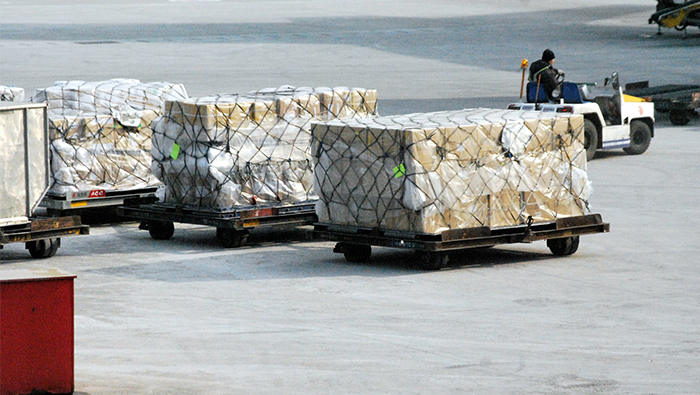The latest data from the International Air Transport Association (IATA) shows that Middle Eastern carriers experienced a 15.3 percent year-on-year demand growth for air cargo in May. The Middle East–Europe market saw particularly strong performance with 33.8 percent annual growth, surpassing the Middle East-Asia route which grew by 18.6 percent. Capacity also increased by 2.7 percent year-on-year. Asia-Pacific airlines also saw significant growth, with demand increasing by 17.8 percent in May. The Africa-Asia trade lane experienced the highest growth at 40.6 percent year-on-year, while demand on the Europe-Asia, Within Asia, and Middle East-Asia trade lanes also increased.
On the other hand, North American carriers had the weakest performance among all regions with an 8.7 percent year-on-year demand growth for air cargo in May. Demand on the Asia-North America trade lane grew by 12 percent, while the North America-Europe route saw an 8.9 percent increase, marking the largest growth for this route since mid-2022. European carriers, on the other hand, saw a 17.2 percent year-on-year demand growth for air cargo in May. Intra-European air cargo rose by 25.6 percent compared to the previous year, with Europe–Middle East routes seeing a demand increase of 33.8 percent. Capacity also increased by 11.9 percent year-on-year.
The sharp increase in air cargo demand in May across all regions was attributed to trade growth, booming e-commerce, and capacity constraints on maritime shipping. Purchasing managers have shown positive expectations for future growth in the sector. However, potential challenges may arise as the US imposes stricter conditions on e-commerce deliveries from China. Increased costs and transit times for shipments under $800 could deter US consumers and pose significant challenges for growth on the Asia-North America trade lane.
Overall, the outlook for the air cargo industry remains positive, with strong demand growth in various regions. The Middle East, Asia-Pacific, Europe, and North America have all seen significant increases in air cargo demand in May. However, challenges may arise from factors such as trade restrictions and increased costs, particularly on key trade lanes such as the Asia-North America route. Despite these challenges, the sector is expected to continue growing, driven by factors such as e-commerce and trade expansion.
In conclusion, the air cargo industry has experienced robust growth in May, with Middle Eastern carriers leading in demand growth. The Middle East–Europe market performed particularly well, surpassing other trade routes in terms of annual growth. While North American carriers had the weakest performance, European carriers saw strong growth in air cargo demand. Challenges such as trade restrictions and increased costs may impact future growth, especially on key trade lanes like the Asia-North America route. Overall, the outlook for the air cargo industry remains positive, driven by factors such as trade growth and booming e-commerce.











